CARE INFORMATION
Our products are constructed for durability and longevity so that they stand the test of time. Correct care for your pieces will ensure they last for many years to come.
Please reference the label to locate fabric number. Access our fabric care guide to find your fabric

GENERAL FABRIC CARE
Vacuum or brush with non-metallic stiff bristle brush regularly (at least once a month) to remove dust and grime.
Protect from direct sunlight to prevent fading.
Know your fabric spot cleaning code and have cleaner on hand so that you can act fast if a spill occurs. See your fabrics spot cleaning code on your warranty card and reference the section on spot cleaning below.
Fabric Spot Cleaning Codes
For cleaning occasional spots or stains.
S = Solvent: Use only a water-free, dry cleaning solvent.
W= Water: Use only a water based upholstery shampoo or foam cleaner.
WS= Water or Solvent. Use either a water or solvent based upholstery cleaner.
X=Do Not Use any water or solvent based cleaner. Vacuum or brush only. If a Spill Occurs: Dab spills immediately with a clean, dry, white cloth. Then, if needed use an appropriate spot cleaner. Pretest any cleaner on a small, inconspicuous area before proceeding. Do not saturate fabric with cleaner. Pat instead of rubbing to avoid damaging fabric. Clean spots or stains from the outside to the middle of affected are to prevent circling. Pile fabrics may require brushing with a non-metallic stiff bristle brush to restore appearance.
Upholstery Overall Cleaning
For thorough cleaning, we recommend a professional in-home upholstery cleaning service. Once you contact a professional cleaner, also be prepared to give them your fabrics content information as well as the Spot cleaning code (both found on your warranty card). Overall cleaning is recommended every 12 to 24 months or when an overall soiled condition has been reached. Don’t wait for severe soiling. The more soiling, the less likelihood of restoring fabric. Do not remove cushion or pillow casings for separate cleaning as this may cause a slight color change in the fabric.
See the Uph cleaning code on your warranty card.
P = Professional Furniture Clean only.
X = Do Not Use any type of cleaner. Vacuum or brush only.
Slipcover Overall Cleaning
For thorough cleaning, we recommend a professional in home upholstery cleaning service to clean slipcovers while still on the base. This is the only method recommended for fabrics with a Slc cleaning code of “P”. This is the preferred method of cleaning for all slipcovers with a code of P, *DC or *MW. Professional cleaning ensures the crispest look and greatest longevity. Once you contact a professional cleaner, also be prepared to give them your fabrics content information as well as the Spot cleaning code (both found on your warranty card). Overall cleaning is recommended every 12 to 24 months or when an overall soiled condition has been reached. Don’t wait for severe soiling. The more soiling, the less likelihood of restoring fabric. Do not remove cushion or pillow casings for separate cleaning or laundering as this may cause a slight color change in the fabric. Clean all pieces at once to avoid color variation between pieces.
See the Slc cleaning code on your warranty card.
P=Professional Furniture Clean only.
*DC= Dry Clean. If you choose, slipcover can be taken to a reputable dry cleaner with experience cleaning slipcovers.
*MW =Machine Washable. If you choose, slipcover can be machine washed. See Machine Washable Slipcovers section below.
X=Do Not Use any type of cleaner. Vacuum or brush only.
Machine Washable Slipcovers
These guidelines are only for slipcovers with a *MW cleaning code, if you choose to forgo professional in-home cleaning.
This method is not recommended if your slipcover has contrast welt of another color fabric.
Wash in a triple size, front load washer with cold water and mild detergent.
Wash all parts at once, just as you would clean all parts of a suit at once. As with clothing, some fading is expected, and separate laundering may cause color variation among parts.
Dry in a triple-load dryer on Air or Low until slightly damp.
Return slightly damp slipcover to the base to finish drying.
Do not line dry because fabric may stretch and affect fit.
Do not store a slipcover slightly damp. Finish drying on base before storage.
Comfort Wrinkles
We agree. It sounds kind of silly, but “comfort wrinkles” is actually a common term in the furniture industry. With enjoyment of your upholstered furniture, you may start to notice these small creases in the cushion’s fabric or leather. Comfort wrinkles are not defects, but naturally occurring indicators of comfort and use.
When it comes to crafting our eco-friendly, American-made furniture, we use only the highest quality materials and construction. We also strive to make every piece as comfortable as possible. Because of this, many of the features that offer the best comfort – like soft seating and a supportive back – also tend to result in comfort wrinkles with normal use.
WHAT CAUSES COMFORT WRINKLES?
The occurrence of comfort wrinkles in upholstered furniture can vary depending on cushion size and type, cushion density and fill, and the type of fabric or leather used.
- Longer cushions typically develop comfort wrinkles more easily than narrow cushions. For this reason, a loveseat or sofa with a single bench seat cushion is more likely to develop comfort wrinkles than a sofa with multiple cushions.
- Typically, comfort wrinkles are more common with relaxed upholstery styles. In general, the higher the foam density, the less likely you are to see wrinkles.
- Down blend cushions are more likely to develop comfort wrinkles, because down is a softer fill, and the softer a cushion material is, the more wrinkling occurs.
- Looser woven fabrics, such as linen, tend to develop comfort wrinkle more easily. The color of some fabrics, especially those with a sheen, may also highlight wrinkles.
- With leathers, the softer the hand, the more likely it is to naturally show comfort wrinkles with use.
Cushion Care
With simple care and regular attention, you can keep wrinkling to a minimum and help maintain your upholstery’s appearance for years to come.
- Fluffing and smoothing cushions on a regular basis will reduce the occurrence of wrinkles.
- When possible, reverse cushions on a regular basis for even wear, and to help retain their shape and loft. This will also help minimize wrinkling.
- For some upholstery pieces, like sofas with a single bench seat or an ottoman, reversing cushions may not be an option. In those cases, we recommend smoothing out wrinkles by hand.
- With some cushion styles, you may also be able to remove it from its cover, flip it, and re-insert to ensure a more even look over time and help reduce wrinkling.
LEATHER INFO & CARE
Mitchell Gold + Bob Williams leather...it's not for everyone
(and that's okay).
Mitchell Gold + Bob Williams leather furniture appeals to:
- Consumers who appreciate soft rich leather - who recognize and understand that aniline leather provides the same elegance, luxury and value to their homes as vintage silver, silk and linen.
- Consumers who appreciate that every piece of Mitchell Gold + Bob Williams leather furniture possesses individual character shaped by nature - character that will become richer through the years as it is used and well cared for by its owner.
- Consumers who appreciate the qualities represented by natural color variations, natural markings and the natural patina of fine aniline leather.
- Mitchell Gold + Bob Williams leather furniture may not appeal to consumers who want the uniform color and surface commonly seen in less expensive leathers that are heavily corrected and pigmented.
What's so special about Mitchell Gold + Bob Williams' aniline leather?
The finest leathers are full aniline. Only the top 5% of hides, which are relatively free from gross surface imperfections, can be made into full aniline leather. Most Mitchell Gold + Bob Williams leather is full aniline. These are full top grain leathers that have been soaked in transparent, non-toxic aniline dye and have no subsequent pigmented finish coats applied. In other words, the color has not been "painted" onto the surface. The aniline dye penetrates the hide with color, allowing the natural grain to show through. A soft, mellow hand, characteristic of Mitchell Gold + Bob Williams leather, is the result of tanning done with such minerals as chromium salts.
If it's perfect, it may not be real leather.
Aniline leather has natural markings including healed scars, neck and belly wrinkles, scratches, insect bites and brands that vary from hide to hide in the same way that human fingerprints are unique. Aniline leather also exhibits natural color variation due to leather's ability to accept dyes differently in various areas of the hide. These markings and color shadings basically distinguish genuine leather from man-made materials like vinyl and from leathers whose "character" is stamped on with heat or pressure. Appreciating differences between hides means appreciating differences on individual items of furniture as well - because no item of furniture can be produced from a single hide.
Glossary of Leather Terms
Aniline: The process of coloring leather throughout with non-toxic aniline dyes. The leather is soaked in the transparent dye, which allows all of nature's signatures to remain visible.
Antiqued: Common descriptive terms for leather that shows signs of natural aging and wear that have been artificially created.
Buffed: Leather has had the surface slightly abraded. This may be done to minimize surface blemishes,to smooth out the grain, or to make a soft-touch napped finish.
Comfort Wrinkles: Naturally occurring indicators of comfort and use that develop in the fabric or leather of upholstered furniture.
Corrected Grain: Leather which has had the grain layer partially removed by buffing. Often a new faux grain pattern has been created by embossing.
Distressed: Process used to create an effect resembling a worn look or an aged appearance.
Embossed: Process of stamping a pattern onto leather. Leather may be embossed with a faux grain design, made to imitate other looks such as crocodile or ostrich, or almost any unique pattern.
Full Aniline: Aniline dyed leather with no additional coloring on the surface. A clear topcoat may be applied to help protect the aniline leather.
Full Grain: Any leather from which only the hair has been removed while the grain retains its original state. Natural markings are left intact and present the character and appeal of unique leather.
Grain: Pattern characterized by the pores and unique to the animal concerned, visible on the outer surface of a hide after the hair has been removed.
Hand Antiquing: The application by hand of a darker color over a lighter color to create dramatic highlights.
Nubuck: A top grain, aniline-dyed leather that is buffed to create a soft nap. Especially vulnerable to stains, nubuck is often lightly finished for protection.
Patina: Surface luster that develops on aniline leathers. Fine leather, like fine sterling silver and antiques, develops a luster or shine over time and with use, consumers who purchase aniline leathers can look forward to their furniture developing even more character over the years.
Pigmented Leather: Leather that is finished with an opaque coloring. Pigment may be used to create unique colors, to cover imperfections and/or to produce hides that are durable, wear and fade resistant, and super easy to clean. Sometimes called painted leather. Pigmented leathers generally have a more consistent color throughout.
Pull-Up: The burst of lighter color that occurs when aniline leather is pulled tightly around corners and turns in the upholstering process. The oils and waxes in the leather cause the color to dissipate and become lighter in the areas, which are pulled tight, giving extra dimension and character to the piece.
Pure Aniline: A top or full-grain leather that is aniline dyed and receives no additional coloring or finish. Also called naked aniline or naked leather.
Sauvage: A mottled, two-tone antiquing effect that adds depth and character.
Semi Aniline: Also called aniline-plus or protected aniline. A leather that is aniline dyed and coated with matching pigment and or other topical finishes to even out the color and add protection.
Split: The bottom layers of the full hide that have been split off from the top grain leather, then pigmented or sueded. Generally stiffer and less durable, splits may be used on promotional leather furniture – particularly in areas of less direct use - to control costs.
Suede: Leather produced from the lower split of a hide with a velvet-like nap effect. Suede does not have the same durable characteristics as top grain leather.
Tanning: The process of converting rawhides into a non-perishable state.
Top Coat: A protective coating applied to the leather surface. May also impart luster to the surface.
Top Grain: During the tanning process, a hide may be split into layers and the top layer is referred to as the top grain. This is the most durable and flexible part of the leather hide.
Any questions?
How is the wax/dye applied to the hides? Dyes are usually tumbled with the hides in a large drum.
What are aniline dyes? The word aniline is an industry term for transparent dyes that are used to color hides.
Why should the leathers be kept out of direct sunlight/heat? Sunlight is a natural bleaching agent. Any natural substance will be affected adversely by the sun. Heat draws the natural moisture out of the hide and can cause the skins to crack or become ashy. The application of a leather conditioner can reduce these reactions.
What causes a variance in the color of a hide? The amount of moisture in the hide is the main reason for variance in color.
Is the hide the only part of the cow that is used? The hides are by-products in the cattle industry. Every part of the cow is utilized.
What are the recommended generic and professional cleaning agents to use? All spills should be attended to immediately. For light spills always blot with a clean, dry, white cloth. Many stains will disappear with age. However, not all stains will come out. For best results, it is recommended to get a cleaner geared toward the exact type of leather and / or problem. For this reason we do not recommend "over-the-counter" products, but suggest that you use the resource listed below for specific leather care.
Will leather ever fade over time? Heat and/or light and time can affect all natural substances if not properly maintained. Excessive exposure to heat and/or sunlight can fade and dry out leather upholstery.
Leather Care
For routine maintenance, simply dry-dust or vacuum. Never use “over-the-counter” leather polishes, preservers or soaps. Protect from direct sunlight and keep away from heating sources. Dab spills immediately with a clean, dry, white cloth. If a stain goes unnoticed and penetrates leather, use lukewarm distilled water and a soft white cloth to massage stain and surrounding area. Blot again with a clean, soft, dry, white cloth. Let leather air dry. For nubuck or suede, massage with a suede brush to restore the nap. For suede or nubuck: Brush with a soft suede brush and vacuum occasionally for routine maintenance.
Need Care Info on a Specific Mitchell Gold + Bob Williams Leather? Or a Service Person to Make a Call?
Call MG+BW Customer Care or Uniters North America for guidance on the care & cleaning products for your particular leather. Uniters and MG+BW have a list of each of our leathers and the products to use. When you call, give them either the MG+BW leather name or leather number. Uniters offers conditioners, protectors & "problem solvers" designed specifically for full anilines, semi anilines, pigmented, nubuck, and suede. Problem solvers include pen, wine & scratch removers and (color-matched) lotions for faded leathers. To buy products, you can call Uniters directly at 800-300-2359.
Uniters can also direct you to leather service technicians the company works with. Uniters and MG+BW have a list arranged by Zip code. (Please note that some more advanced repair products may best be applied by a professional.)
CARE INSTRUCTIONS FOR ACRYLIC-POLYCARBONATE PRODUCTS
To help you maintain the beauty and extend the life of your acrylic and/or polycarbonate product(s), please follow these easy care guidelines:
- Use care when cleaning acrylic and/or polycarbonate products.
- Clean with warm water and a small amount of mid liquid dish soap – use a soft cloth to rinse and another soft cloth to dry.
- Always use a soft cloth – not a paper towel – to prevent scratching the acrylic/polycarbonate surface.
- For any scratches or shallow damages that may occur, use a plastic, acrylic or Lucite scratch remover.
- Avoid cleaners containing ammonia as they might etch or fog the finish.
- Always read all the directions on the cleaner or scratch remover’s packaging before using.





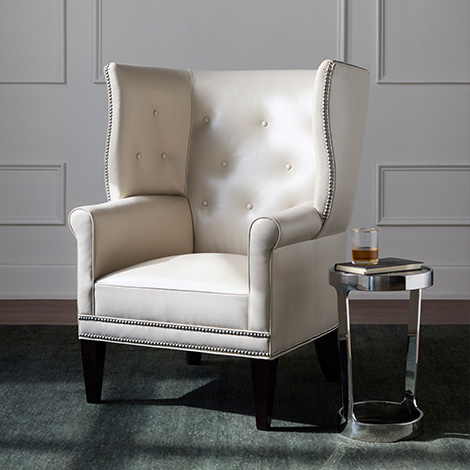
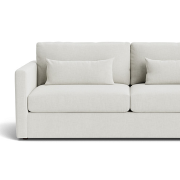 Haywood
Haywood Hunter
Hunter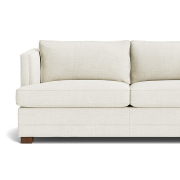 Keaton
Keaton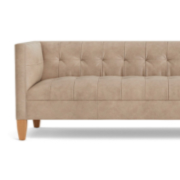 Kennedy
Kennedy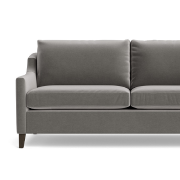 Gigi
Gigi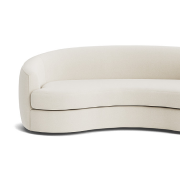 Giselle
Giselle Modern
Modern Tate
Tate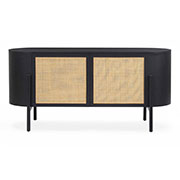 Tate Buffet
Tate Buffet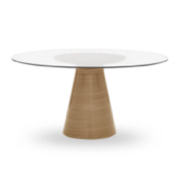 Addie
Addie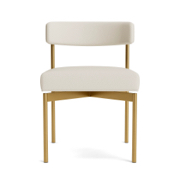 Remy
Remy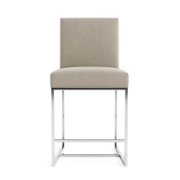 Gage
Gage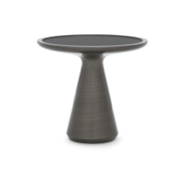 Addie
Addie Tremont
Tremont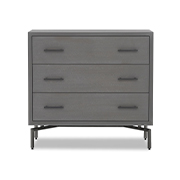 Ming
Ming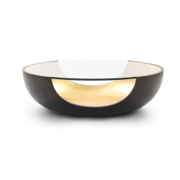 Soleil
Soleil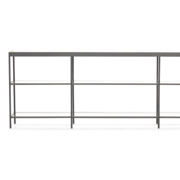 Vienna
Vienna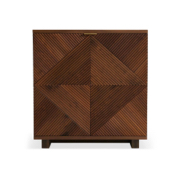 Miles
Miles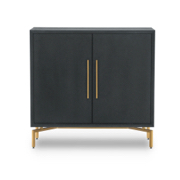 Ming
Ming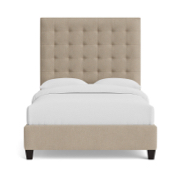 Butler
Butler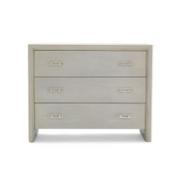 Malibu
Malibu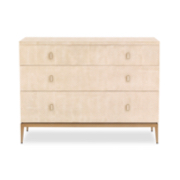 Solange
Solange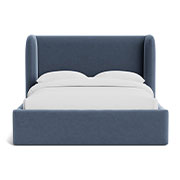 Niles
Niles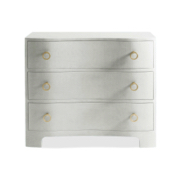 Juliet
Juliet Filmore
Filmore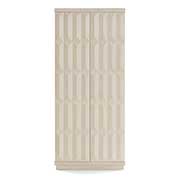 Monterey
Monterey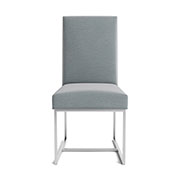 Gage
Gage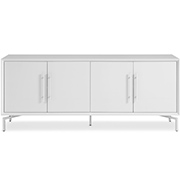 Ming
Ming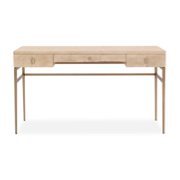 Solange
Solange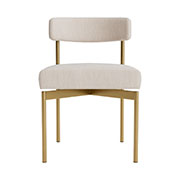 Remy
Remy